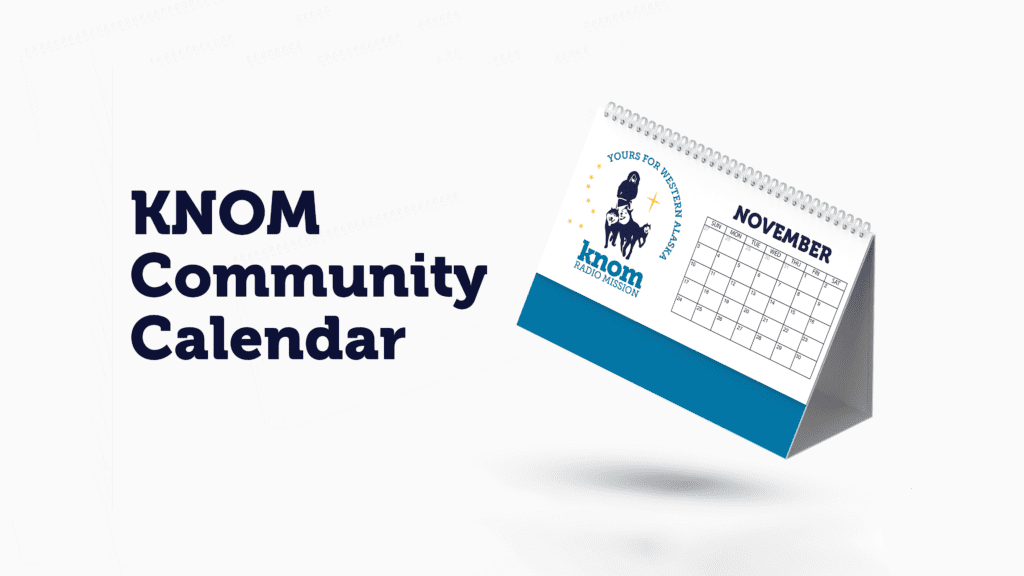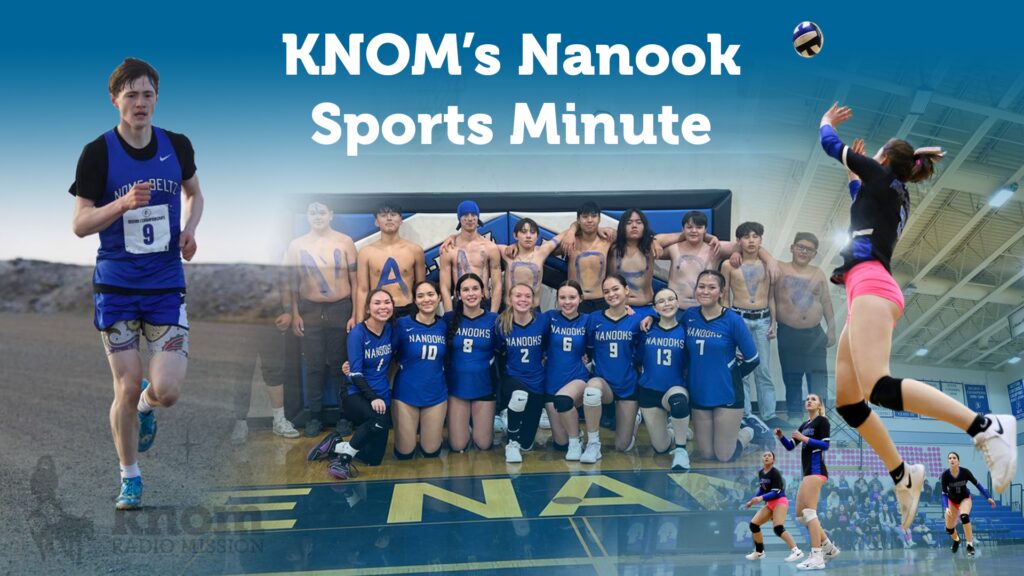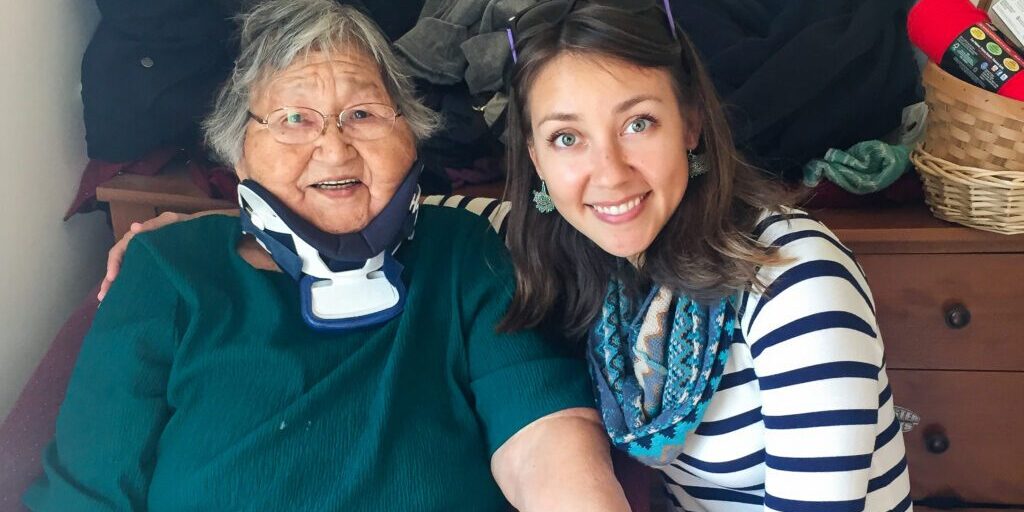In August, the National Center for American Indian Enterprise Development recognized forty Native leaders around the country for their “40 Under 40 Awards,” including Dr. Holly Miowak Guise, an Inupiaq woman raised in Anchorage and Unalakleet. The center recognizes Indigenous leaders across the U.S. for making significant impacts in business or their community.
KNOM’s Emily Hofstaedter spoke with Dr. Guise about how she’s working to bring the history of Alaska Natives in World War II to a wider audience.
“I’d say it definitely started from stories that I’ve heard from my grandparents, oral histories from the 1940s, and the militarization of the Alaska territory.”
Most people don’t know much about the role of Alaska Native people in World War II, including Alaskans. According to Guise, it’s a subject discussed very little in the school system. Growing up in the Anchorage school system, she says, she never heard about Aleut internment or some of the other struggles faced by Alaska Natives during the time.
So, Guise began to collect stories. She flew around the state, interviewing over ninety Alaskan veterans and elders, both Native and non-Native, who shared their memories of World War II. Based on their stories of diaspora, or widespread displacement, from war and internment camps, she began to get a picture of how quickly things changed for Alaska Native people in such a short time.
“Some of the elders I was able to interview who were in the U.S. armed forces or in the Alaska Territorial Guard basically said that they were in the services to protect their communities foremost.”
Last spring, Guise finished her PhD at Yale, incorporating those stories into her dissertation. Now, she’s doing post-doctoral work at the University of California, Irvine, working to turn those histories into a book and launching a digital humanities project.
“I’m currently putting together a website that features some of the elder oral histories and also World War II ruins.”

Guise makes it part of her mission to get consent for stories and photos. But she also wants to bring the voices of Alaska’s elders into the wider community.
“Each time that I’ve interviewed an elder, I’ve transcribed the interview within thirty days, and I’ve mailed a copy to them to ask if they’d like to make any changes, revisions, or omissions. And I’ve done that when they reach out to me on how to spell things or things they’d like to add. And I’ve also asked if I could leave a copy with their descendants, if they feel comfortable with that, or if I could leave a copy with the local tribal archives.”
Many of the wartime stories included violence and great pain, like family separations where parents went sent to camps and children sent to Bureau of Indian Affairs (BIA) boarding schools. For many elders, Guise says she could see that wartime trauma was still with them. But in the midst of that, she also collected stories of Native resilience.
Before Aleut elder Alice Petrivelli passed away, she told Dr. Guise about life in the internment camps where they didn’t have enough food.
“She said that they only way they survived the internment camps at Killisnoo in Southeast Alaska was from the help of the Tlingit, who would come to the shores of their camp and drop off salmon for them. So, there’s also some amazing kind of pan-indigenous alliances that kind of emerge during this time period.”
Those kinds of stories don’t always make history books. Guise explains that the voices of everyday people give context to the full historical moment, beyond the major politicians and treaties.
“And it’s their everyday lived experiences, so it provides that social history of a time period as opposed to just one person who’s kind of canonized.”
As a historian, Guise noticed that Native voices were often missing from the Western academic archive. It’s her hope that the memories of these elders can help build the record of Alaska history, bridging the gap between oral histories with university and tribal archives.
Holly Guise hopes to launch her digital archive project later this autumn.
The National Center for American Indian Enterprise Development recognized Guise and the other leaders at a gala in Arizona last month; all funds from that gala go towards their scholarship program.

Holly is the daughter of Ella Anagick of Unalakleet. Her grandparents are Betty and Lowell, also of Unalakleet.
Image at top: Dr. Holly Guise interviews the late Frances Charles at her home in Unalakleet in 2015. Photo: Dr. Holly Guise; used with permission.




